In my first article I discussed the connection between soil qualities, flavour and nutrition in our food. I defended cows as valuable contributors to healthy farming. Here I talk some more about those actual cows but more about our mental sacred cows.
When you hear the word ‘sacred cows’ do you tend to think of Hindu religious beliefs about the sanctity of bovines? On an ecosystem level I do think that bovine ruminants play such an important role in grassland ecosystem regeneration that we ought to view them as sacrosanct or at least very useful and worthy of our respect and care. After all ruminants are a pivotal factor in creation of the world’s deepest and richest soils – the Serengeti and Great Plains of the Midwest.
But the ‘sacred cows’ I’m talking about here are our entrenched and nearly faith-based perspectives on agriculture as a chemical system. We farmers have some long standing beliefs that are not based on present day science. This worldview, or paradigm, is a major source of our ill health and many of our environmental problems. Erosion, water pollution, species die off, toxic blooms, hormone imbalances, inflammatory disorders, nutritional deficiencies and cancer can all be traced back to our soils and how we conduct agriculture.
We believed our lecturers when they told us that we only really needed to focus on NPK as fertilisers. Two generations ago we believed them when they told us to plough several times a year. Now we’re told that we should not plough, so we use herbicides and no-till. We were encouraged to go flat out for maximum production at any cost. Now we’re encouraged to shine our quality badges and take advantage of our grass based system and green quality image to capture premium market prices. All without really understanding what creates a healthy farm ecosystem or how to farm to change the nutritional quality of what we produce, in short, how to produce the nutrient dense, low chemical use food that the world wants.
Considering that nutrition is the basis of all health and the cornerstone of any ecosystem, we generally know very little about how the pieces of the farming puzzle fit together nutritionally/minerally/biologically. We have so far taken it on faith that we can’t produce an adequate crop without synthetic inputs of fertiliser and pesticides. Yet much of what feeds the world’s population has been grown without synthetic fertilisers.
Some people argue that we need to use synthetic inputs to feed the burgeoning world population. Others argue that the Third World countries’ populations would have remained within their ability to produce their own food if we hadn’t imposed the Green Revolution and petroleum derived fertilisers on them.
One of the scariest statistics I know is that for every 10 kilocalories of energy we put into agriculture, we now get only 1 kilocalorie of food value out. And this in a system where the energy needed to grow plants is free from sunlight! Synthetic fertilisers and pesticides are very energy intensive to create and apply. They haven’t resulted in positive environmental outcomes nor in better quality food. We’ve been doing an 80 year experiment with chemical farming and the results are not good.
Fertiliser practice is the sacred cow of New Zealand farming, no one dares challenge it, no one is willing to use the ‘f’ word and acknowledge that it is the types of fertilisers we’re using that are causing most of agriculture’s impact on the environment, and that includes dairying. Yet the substantial increase in biological and certified organic food production over the last 20 years proves it is possible to grow quality food without synthetic inputs and numerous research trials indicate that within several years the production volumes are similar, the drought tolerance is better and the costs are the same or lower with organic or eco-agriculture farming systems. How do they do it without NPK fertilisers?
Eco-agriculture farmers use the calcium in lime or dolomite to open up soil structure so more air gets farther down the profile, along with more water. This more friable, moist soil is a better home and larder for soil microbes, prompting them to become more numerous and diverse. A greater number of soil microbes means more soil minerals actively converted to plant usable forms. These minerals are cycled through the bodies of prokaryotes, bacteria and nematodes (only naming the major ones) who eat each other, releasing spare nitrogen into the soil system. This whole biological N fixation process of soil organisms breathing in the largest pool of nitrogen (atmospheric N) and turning it into plant usable ammonium and amine N is pretty much ignored by proponents of chemical agriculture.
Healthy soils with a diversity of microbes have access to the 78 tonnes of nitrogen floating above every hectare of land and we seldom hear about it. Why is that? I figure it’s in part because soil scientists have for decades been studying agricultural soils that are microbial deserts – there’s nobody home when there’s meant to be thriving communities of unimaginable size and diversity – some say as many as 50,000 different microbe species and 10 billion separate organisms in one teaspoon of natural soils.
How did the source of our food become a microbe desert? The cause is often labelled as the chemical treadmill, but I see it as a downward spiral of gradually increasing synthetic fertiliser use which scorches or outright kills soil microbes, collapses soils, and makes them water repellent. Ultimately, having ‘free’ access to highly soluble chemical fertiliser nutrients makes plants lazy and stingy so they don’t feed their supportive microbes. The soil microbes who used to respond by feeding and protecting the plant from disease, can’t reciprocate in the normal way, because they’re starving. This is all horribly simplified here but entrancingly complex in real life. Cutting edge scientists know that we are just scratching the surface of understanding the soil microbe and plant interface, but that it is super important.
So we’ve had several generations of scientists who have never actually seen fully functioning soils – they just see the microbially depauperate result of synthetic fertilisers and antimicrobial pesticides and assume that soil microbes can’t play an important role in agriculture, because there are so few of them in the soil! How wrong can we be? The microbes are the crew, directors, caterers and stars of the soil story. They are the basis of our food supply and thankfully they can reproduce rapidly and seem to be ‘forgiving’ of our misunderstanding and neglect. Nutrient dense, low residue agriculture that sequesters carbon and cleans water is only possible with robust soil microbe communities, which can’t thrive in the presence of most synthetic inputs.
And for any plant scientists out there who are challenged by my mentioning ammonium and amine nitrogen as what plants take up from the soil for their nutrition, I encourage you to delve into the recent research confirming that while plants can take up nitrogen from urea fertiliser in the form of nitrate nitrogen, they prefer the microbe-mediated amine and ammonium forms. Plants would prefer to have their food natural, grown locally and prepared by their resident microbial chefs who have been feeding them for millennia before synthetic urea came on the market 80 years ago.
So what to do at the farm level?
First, move to more natural, unprocessed forms of mineral fertilisers – rock phosphate or RPR instead of synthetic Super Phosphate. Use potassium sulphate instead of the microbe-sterilising potassium chloride fertiliser. Add trace elements to prompt full availability of plant enzymes – especially use boron, cobalt and selenium on a regular basis. Add a carbon source like humic acid granules, compost or sugar to coat and buffer the fertiliser. This practice encourages soil microbes to ‘eat’ the fertilisers incorporating those minerals into their bodies in an un-leachable form.
Use fish emulsion, liquid, fermented fish waste, as a quick source of nitrogen and phosphorous, but focus on maintaining continuous, diverse cover crops which ooze liquid carbon out of their roots to feed the soil microbes. Diverse cover crops also create a living mulch and add valuable plant residues to further feed those all-important microbes, fungi and worms. If we focus on feeding the microbes well, they’ll be on deck as willing workers underground to access atmospheric nitrogen, water, phosphates and trace elements in the most appropriate form for their host plants.
Think of microbes as your major farm animal – like cows you need to be continuously aware of their needs for oxygen, water, food and comfort. They prefer crumbly, well aerated soils. Help them to help you by thinking of their worker safety requirements. Soil microbes need safety and proper nutrition at all times. A diverse soil microbiome results in better plant production, more robust plant health and less mineral leachate out the bottom of the farm. Combined with the higher nutrient content in your grass, meat and produce from this approach, farmers are onto a winner for a better bottom line and better farm succession options.
Second, think diversity. The Smithsonian Institute in Washington DC recently looked at 67 field studies and found that biodiversity – having lots of different kinds of microbes, plants and animals in the ecosystem – was more powerful in predicting biomass, or yield, than climate or available nutrients. And before you discount this as applying only to natural ecosystems like wilderness forests, realise that these basic principles of biomass production and resilience apply to any ecosystem and our farms are ecosystems. They need to be biologically diverse ecosystems if we want healthy food, carbon storage and clean water from them.
We are all now aware that planting the same monoculture crops year after year is bad for the soil and for yield. So we sometimes put in a grass cover crop after the corn or squash instead of just leaving the field bare until the next crop in spring. But what I’m talking about here are souped up cover crops – adopting the practice of always having a living plant in the ground to nourish the microbes with root exudate. And not just 3 or 5 plant species but 30 or more. This practice ensures that microbes are well fed throughout the year and can, in turn, access minerals for the plants, create humus, store carbon and water and contribute to more food being grown for us.
Research plots and farm practice in all parts of the USA are showing large increases in soil organic matter, yield and water infiltration when more and more plant species are added to a cover crop mix. We’re not just talking here about having a temporary seeding of 20 plants and then disking it under before the next crop but about having a diverse understory of complimentary plants for maize, barley, in orchards, etc. Knowing that we can grow more, tick the environmental improvement boxes and reduce input costs are powerful incentives to keeping a living root in the soil at all times.
Third, we do need ruminants in agricultural systems. When cows are grazed shoulder to shoulder and moved quickly on to new, tall, highly diverse pastures they eat and mimic the superb soil building effects of bison or wildebeests. They munch, trample, pee and poop intensively in a way that creates soil enriching sheet compost on the ground. We are well on the way towards achieving this effect with our early advances in electrical fencing and rotational grazing in New Zealand. But to get the real grass-growing, carbon-sequestering effect of this ancient technique, we need to move away from low nutritional value rye grass and advance to pastures that contain 30 plus species of browse.
We also need to ‘extend the round’, or wait longer to return to graze a paddock giving cattle longer grass to graze into. When the farm’s soils have a balanced variety of minerals to draw on, including lime, magnesium and trace elements, the plants grown are tastier and higher in energy and the cows will eat them. What they trample and don’t eat isn’t wasted – it’s simply becomes a banquet for the soil microbes to create even better grass for the next round of grazing.
The nutrients and microbes that the cows contribute to the soil, either directly as they graze or as effluent or compost, are crucial to the health of the soil microbes and the farm ecosystem overall. Cow urine isn’t the real culprit in water pollution. Urea fertiliser is. The elevated levels of polluting nitrate in cow pee are directly related to the amount and method of urea fertiliser applied to the paddocks. To produce quality food, every farming system needs some form of animal input and directly grazing cows, sheep, buffalos, goats periodically, is a good way to do that.
In the next article I’ll suggest attitudes that need to change and actions that need to be taken to move New Zealand to nutrient dense food production that helps to heal our environment.

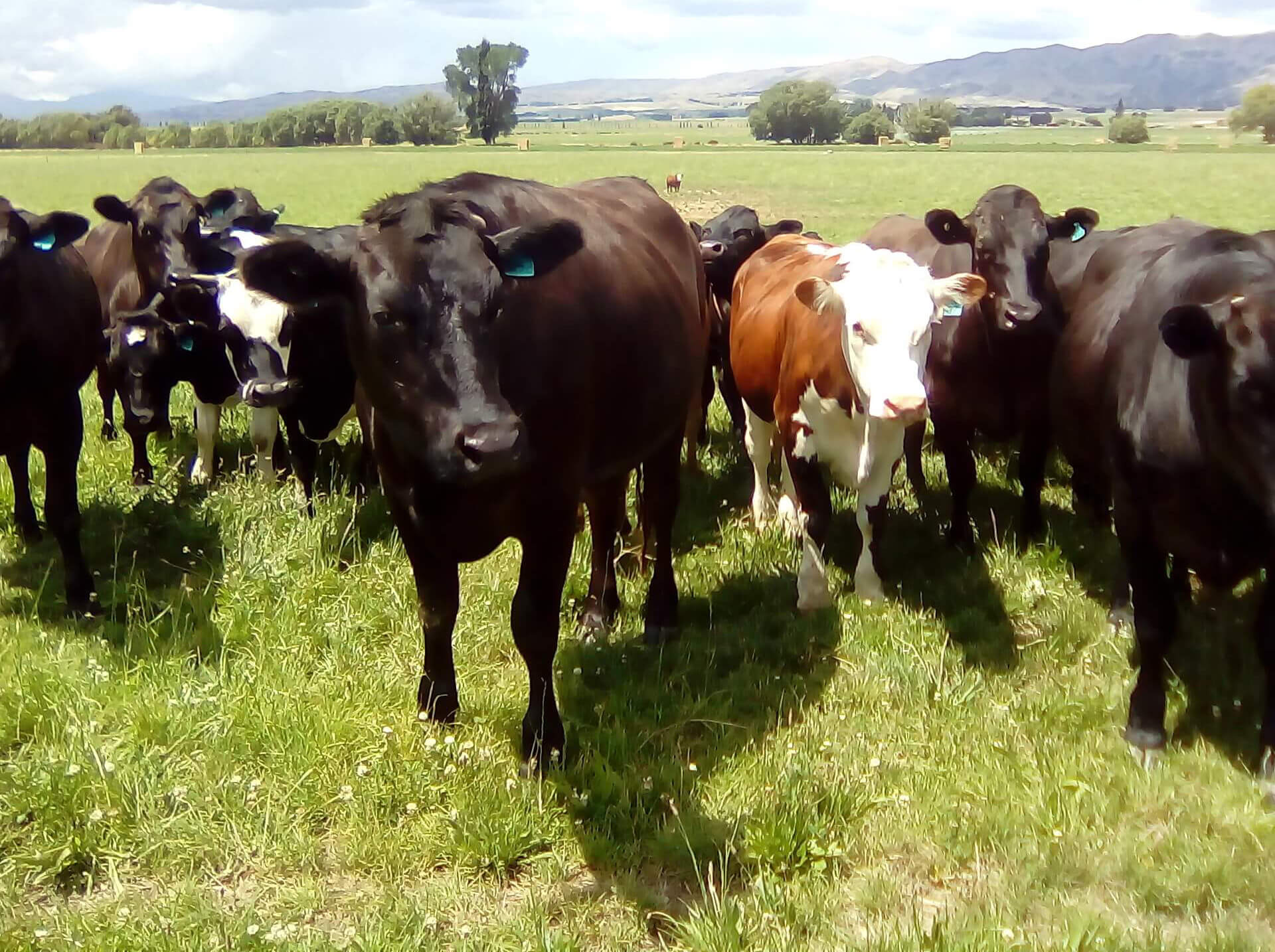
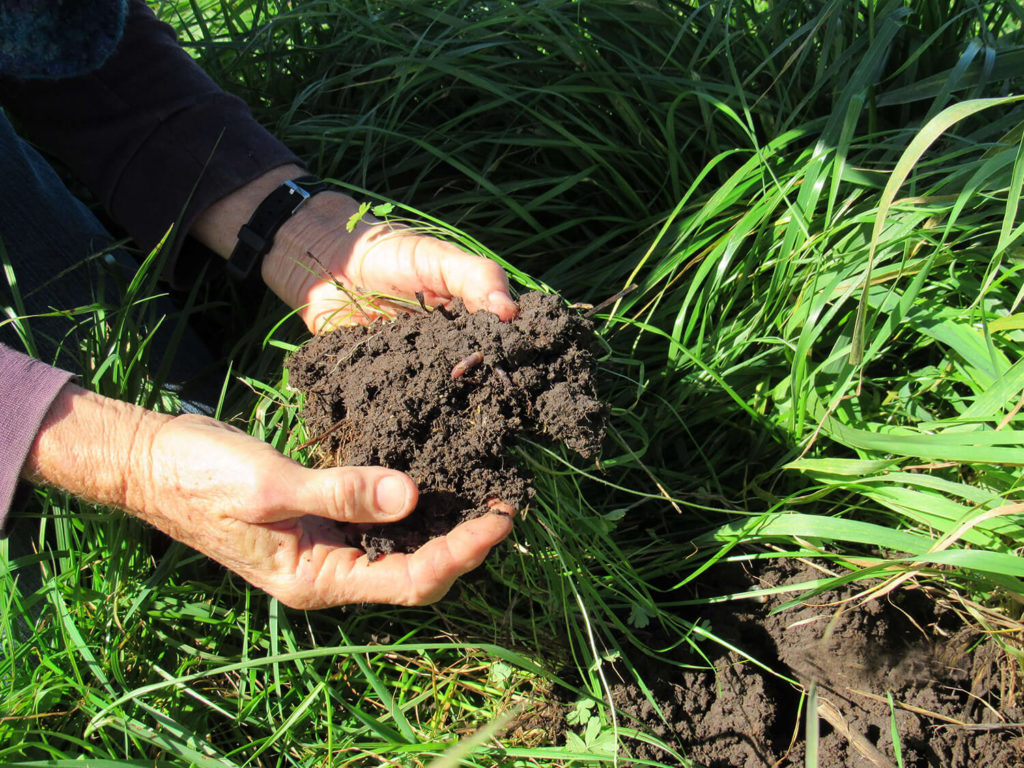
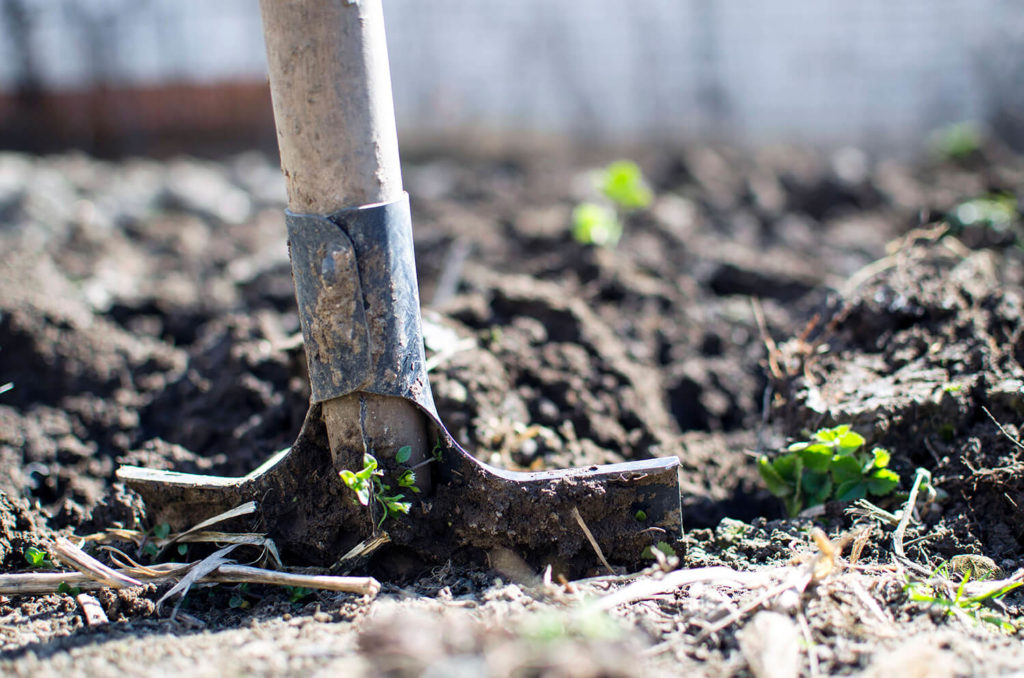
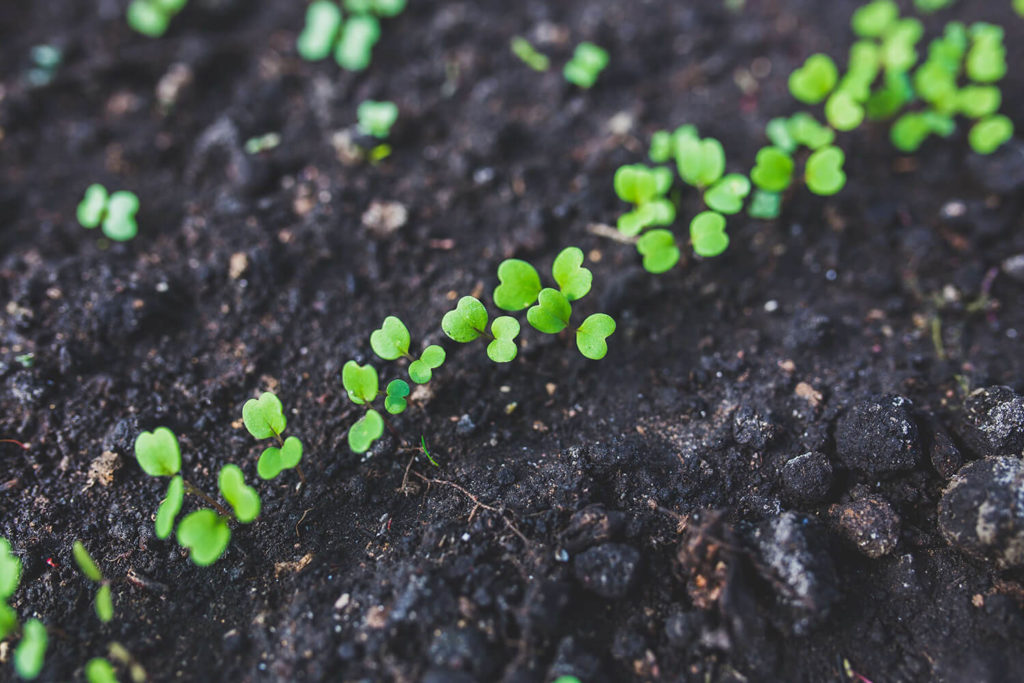
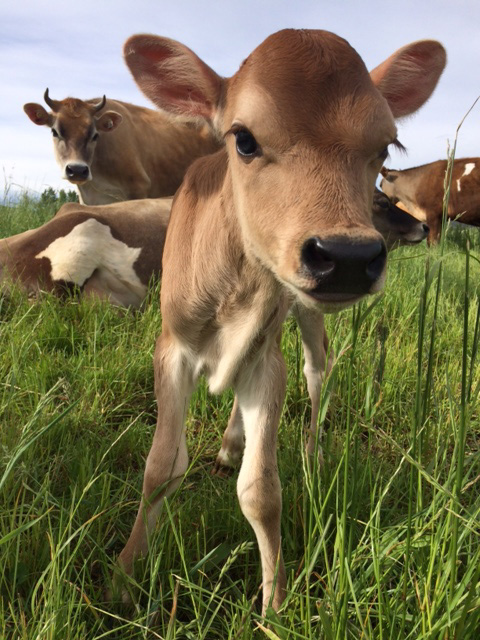


Leave a comment